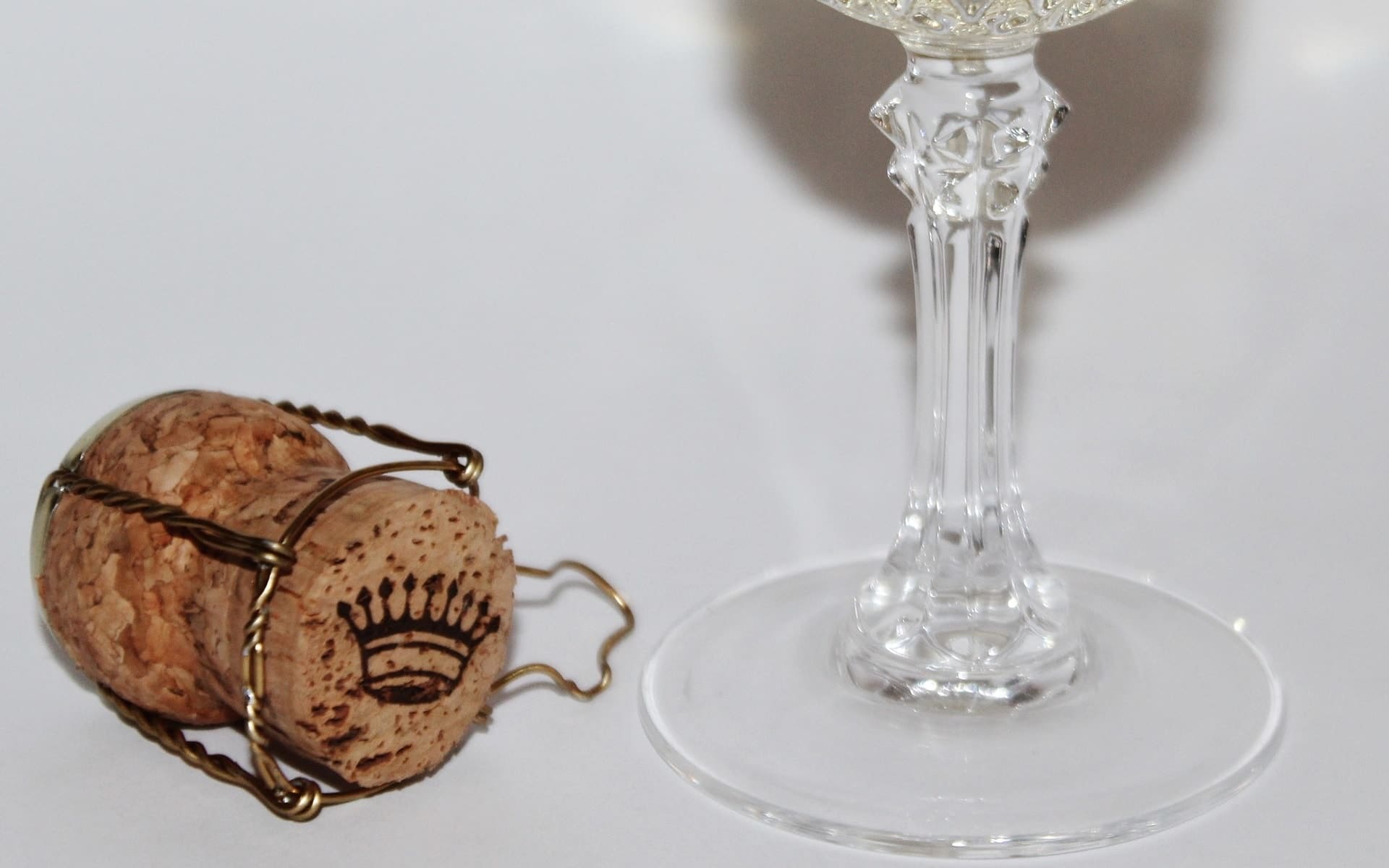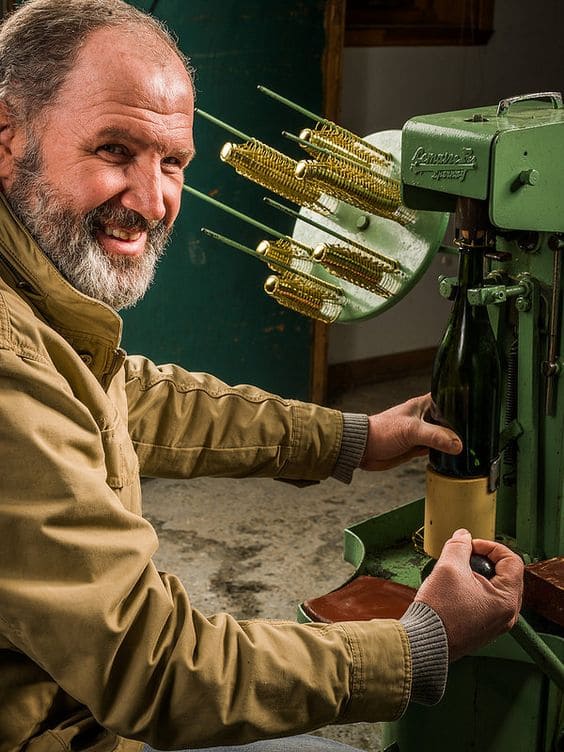Each of us associates the pop of a cork from a champagne bottle with a special occasion. It is difficult to imagine our life without bright moments of success and happiness that are often accompanied by splashes of a sparkling drink.
What keeps such a powerful fountain bottled up until the cork pops out? A simple wire called a muselet (from the French word “museler”). Each and every wire cage is made of 100% steel.
History of muselet and its excellence
The Veuve Clicquot Ponsardin champagne is world renowned and was once considered the drink of aristocrats. Today, it costs US$50-300 per bottle. In the late 18th century, the beautiful and talented businesswoman Madame Clicquot, who was widowed at the age of 27 and took over her deceased husband’s vineyards, decided it was high time to break the mould and modernise wine making. She had to start by fighting against prejudice. There was a belief in those days that women should not even touch wine, otherwise it would immediately turn to vinegar. Barbe-Nicole (Madame Clicquot) was a modern lady for those times and did not believe in superstitions. She acquired the best vineyards and vaults for wine cellars from the city and improved sparkling wine production technology. Her efforts made the Veuve Clicquot Champagne House and its champagne famous and loved worldwide.
According to one legend, Madame Clicquot pulled a wire out of her corset and used it to fasten the cork on a bottle of her champagne, which became one of the enterprising lady’s innovations. The muselet used to be made of string; however, mice and rats in wine cellars and the holds of vessels transporting wines gnawed at it.

While nobody knows for certain who invented the wire muselet, on 5 July 1844, the wire and plaque (a special cap to prevent any damage to the soft cork by the string or wire) were patented by Adolphe Jacquesson, who took charge of the Jacquesson House in 1835 and started the modernisation of wine production. The muselet and its plaque have become an integral part of sparkling wine production and collectibles.
Throughout the 19th century, many advances were made in the design and manufacture of muselets with new material developments and machine automation paying an important role. In 1952, the Cortellazzi brothers in Italy developed the first semi-automatic machine to produce all three components of a muselet out of a single piece of metal wire.
The 1960-70s saw the introduction of the first fully automated machines with bottles fed by a conveyor belt and the wire cages delivered to the machine automatically. Nowadays, steel muselets are attached on bottles at the champagne house’s production facilities in the tens of thousands an hour and are used as a means to identify the brand.
Interesting facts about steel muselet
The muselet is made up of three parts: a lower ring, four separate wire legs and a metal circular plaque that often shows the producer’s emblem. The muselet may be covered with a branded foil.
The muselet is 52 centimetres long, yet the wire is able to withstand the pressure inside a champagne bottle, which is equivalent to 5 kilogrammes per square centimetre of glass.
It is the raw material of mild steel – featuring no more than 0.1% carbon and with no other appreciable alloying element – that makes the muselet wire strong yet plastic enough to ensure twisting without breaking. Such steel is strong, pliable and affordable.
“Muselets have to be pressure resistant for safety but they also have to be elastic enough to be shaped, hygienic and anti-corrosive – steel is the essential material,” says Dominique Deneuville, head of production at Champagne Taittinger.
According to the Grandes Marques and the Maison de Champagne (Champagne Growers’ Union), each muselet “must allow for the easy twisting and untwisting of the lower ring with no risk of breakage when the bottle is opened”. Irrespective of the size of the bottle being opened, this process requires a very precise six half-turns of the twisted wire to loosen and release each muselet.
The wire must also “be supple when drawn but with a tensile strength of more than 300 N/mm2” and be able to “withstand the pressure inside the bottle which is measured at six bar or between five and six atmospheres”. 
This means that the speed of cork expulsion out of a vigorously shaken bottle of Champagne left out in the sun may be 40-100 kilometres per hour. This fact was discovered by German scientist Friedrich Balck of Clausthal University of Technology, who registered the speed at 100 kilometres per hour in 2008.
There are four main advantages that make steel the material of choice for muselet production. It’s cheaper than brass or copper and has a better lifespan. It also has excellent elasticity to resist twists and strong mechanical resistance, thus maintaining the cork integrity despite the pressure inside the bottle.
All this makes it possible to maintain consistently high speeds on sparkling wine bottling lines. For instance, Dominique Deneuville’s enterprise processes approximately 6,000 bottles an hour.
“The muselet isn’t merely an advantage, it’s a necessity,” says Françoise Peretti, Director of the Champagne Bureau UK. “For the past 174 years and still unrivalled, the muselet has been pivotal in keeping Champagne’s precious effervescence in the bottle. Without the muselet, there wouldn’t be any Champagne.”
